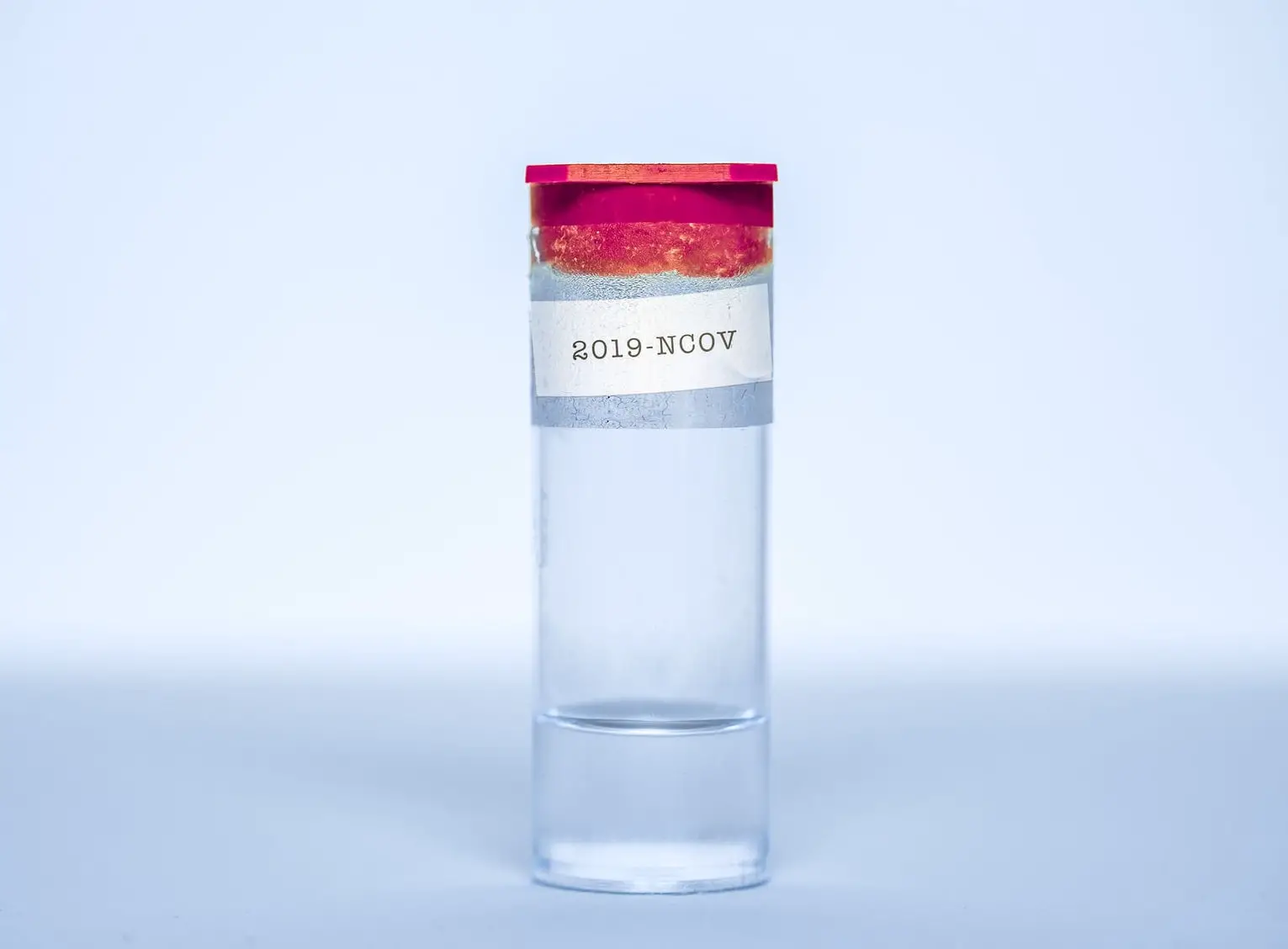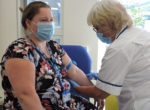If you were wondering why the number of confirmed Covid-19 cases did not increase much during the roll out of the Contact Tracing App, here’s why.
Stats for Pillar 2 testing (home testing kits, drive through swabs etc) have not been included in the daily/weekly numbers. In June for example, we saw a rise of just four confirmed cases according to Public Health England.
This is despite 1,765 people being notified via the App that they’d come into close contact with someone showing symptoms.
According to Nadine Dorries, Minister for Health and Social Care,
“The contract with Deloitte does not require the company to report positive cases to Public Health England and local authorities.”
See below a press release from the Isle of Wight council, in their own words. Ed
The Isle of Wight Council has moved to reassure Islanders that there has not been a local surge in coronavirus (Covid-19) cases and residents should not panic or feel unduly armed.
It follows the recent release of cumulative Covid-19 infection rates for the Isle of Wight and the expected release of new data later today (2nd July).
The Public Health England (PHE) dashboard currently provides numbers of cases from tests done in NHS and PHE laboratories — known as pillar 1 data (find out what this means).
Pillar 2 data
However, from today, PHE is expected to also publish the number of test results from swabs taken at drive through centres and home testing kits processed in commercial labs — known as pillar 2 data.
This pillar 2 data was only made available last week to Public Health departments to inform the development and management of local Covid-19 outbreak control plans.
Last week PHE also published, for the first time, data which combined the rates of infection detected under both pillar 1 and pillar 2.
This shows that in the week commencing 15th June, the Island had a cumulative rate of Covid-19 cases of 296.03 per 100,000 population — to put this into context, the cumulative rate across England is 425.8 and closer to home, 360.77 in Southampton and 308.43 in West Sussex.
Leicester’s rate per 100,000 was 875.8 in that same period.
Bryant: No evidence to suggest Covid-19 cases are increasing
Simon Bryant, director of public health at the council, said there was no evidence to suggest Covid-19 cases were increasing over and above expected levels and it was important to understand this was cumulative data.
He said:
“I can reassure residents and businesses that the Island currently has low number of cases of Covid-19 and residents should not be unduly alarmed by this cumulative data.
“The important figure is how many new cases are being identified. In the week in question the infection rate for the Island was 2.8 per 100,000 population compared with a median of 5.4 across England and 140.2 in Leicester.
“Our number one priority is the health and wellbeing of our residents, and we will continue to use all data available to us to support our health and care system.
“The advice about hand washing, keeping our distance and following guidance is still paramount and will help to manage infection outbreaks.”
Data can’t be published
Pillar 2 data is ‘owned’ by the Department for Health and Social Care (DHSC) and is provided on the basis that the council does not publish the information, but uses it for the purposes it is provided.
Council leader, Dave Stewart, said the provision of pillar 2 data had been a significant concern to the council as it had been for all local authorities across the country for some time.
He said:
“We understand that the government is planning to publish the pillar 2 data for all local authorities very shortly and welcome this development as an important step in helping us to better warn, inform and protect the Island’s community and contain the spread of the virus.
“I am pleased to reassure the Island community that despite the update on data regarding Covid-19 cases, we continue to experience one of the lowest levels in the country.
“I am sure this is due to the support and commitment of our community in following our guidance and advice.
“The data takes account of our local testing and the increase is consistent with the national picture. But in our case, reaffirms the success we have had in keeping infections down and thereby keeping our community safe.”
Image: Vincent Ghilione under CC BY 2.0





